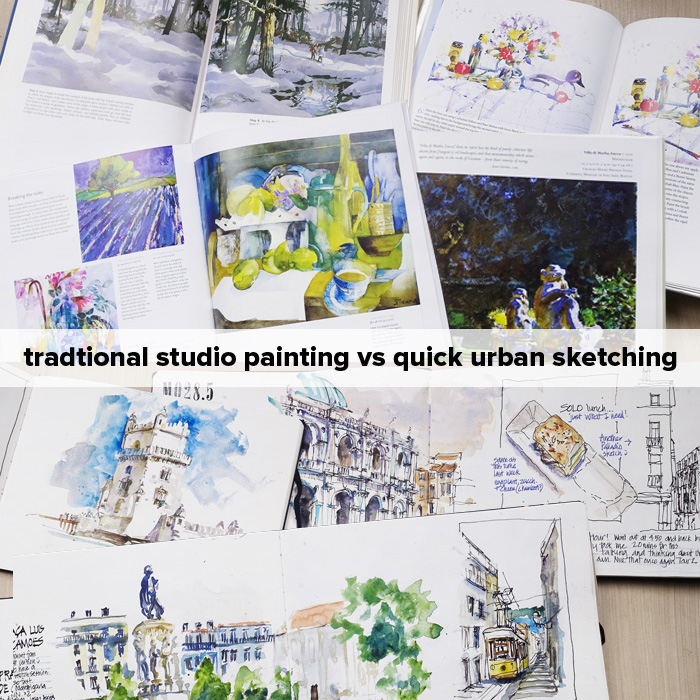
As I’m gearing up to run through my SketchingNow Watercolour course again, I thought it would be good to share something that I mention in the introduction to the first lesson, as I really would love to get other people’s feedback on it.
I believe that there is a big difference between using watercolour in a traditional way in the studio and using it out on location for quick sketches.
- controlled environment – comfortable seating, table, temperature and good lighting
- planning – composition, values, colour studies and thumbnails
- generous time frame – no time limit, can come back on another occasion and keep painting
- no restrictions on materials – selection of fresh paint, generous mixing areas, clean water, best quality watercolour paper.
- a system which helps reduce the risks of watercolour – layering wet on dry
- pressure to create a great painting and hang it on the wall!
- uncontrolled environment – everything changes and you might be uncomfortable
- spontaneous – painting on the spot, little or minimal planning
- time constraints – because of the changing environment you have to work quickly
- lots of compromises – small water containers, limited palettes with paint in pans, paper needs to accommodate drawing as well as watercolour.
- alternative ways of working – making use of ink to help speed up and take pressure off the watercolour to tell the whole story.
- freedom to experiment – turn the page of your sketchbook and start another sketch!
Now I know that there are some urban sketchers who are more ‘plein air painters’ and use more traditional painting techniques outside (with easels, fresh paint, multiple brushes etc and take a one to two hour time frame) so I’m qualifying the comparison – I’m talking about quick sketching!
The point of the comparison is that I believe watercolour for sketching needs a different approach and that’s what I am constantly developing over the years as I obsessively sketch on location. I’m always trying to find the best ways for using watercolour in a free and spontaneous way (see my earlier post sharing some of my techniques). And of course, that’s what I focus on in my watercolour course.
Just a reminder that SketchingNow Watercolour is now open again. This is a self-directed course (so you can work at your own pace) but if you want to work through with a group I’m going to be leading a run-through, starting Wednesday 12 September. Click here for more details.
Note: I don’t have any traditional studio paintings of my own to make this comparison, so I have taken a photo of some of my watercolour heroes – John Pike, Charles Reid, Shirley Trevena and John Singer Sargent. I feel very cheeky to compare my work below with them, but at least it makes it obvious that I am not saying sketching is inherently better than studio painting!
So what do you think? Have you done/do you do any traditional studio painting and do you find it different from your sketching?
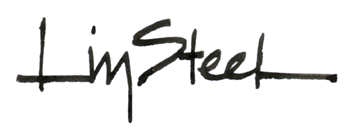
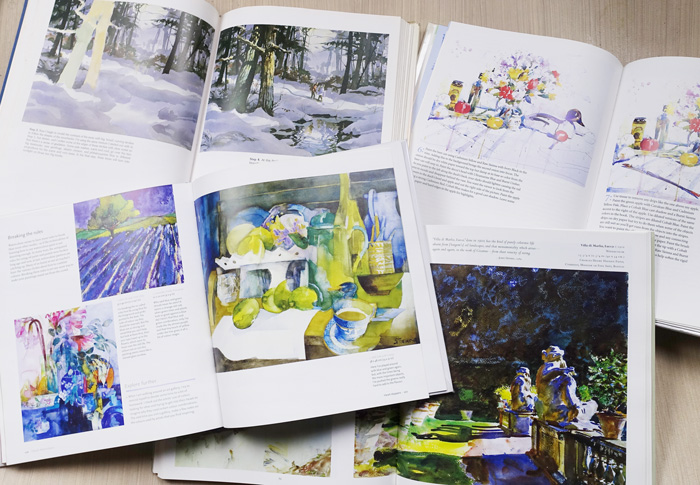
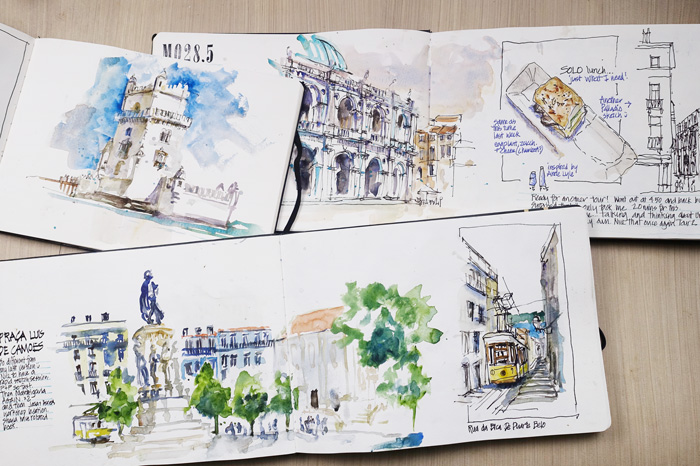
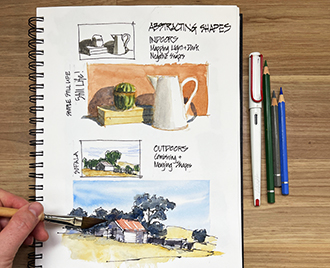

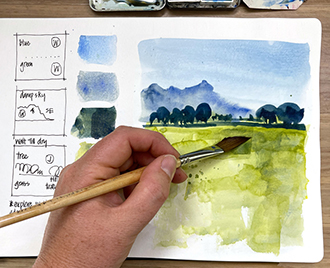
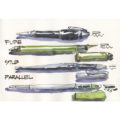
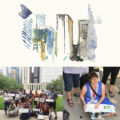
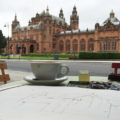
6 Comments
This are two very interesting lists, Liz. Definitely Point 6 is the big difference for me! When urban sketching, with pen and/or watercolours, I never feel any pressure. Yet, the moment I move to “good” paper and easel, even if I’m actually plein air, it feels different – and the result is often worse. Very often, I say to myself “I wish I could paint like I sketch”. I don’t know why I just “wish”. It’s within my control. And yet, it seems terribly hard! I’m looking forward to seeing what everybody else has to say!!
I’m a natural for acrylics but have been trying to learn watercolor. I’ve done plein aire in Greece and in the USA but am always frustrated with the process and the results. I continue to work on it but certainly have not accomplished it. I tend to be methodical and slow and fussy which are not very suitable to quick and loose. My constant concern is the drawing part and getting down on paper what I see, and so I practice and practice and practice. I’m convinced that if I keep putting in the efforts, someday I’ll get there. You’ve so helped along my journey and I thank you.
I’m taking the course mainly to get in more watercolor practice. I want to do both. I want to sketch in order to get better at watercolor. But my aim is to improve watercolor paintings, studio or plein air or sketching style. Though I like ink and wash, I want to focus on just watercolor, with and without pencil underneath.
Totally different. I am more of a ‘rural’ sketcher. But trying to capture the light and atmosphere up on the moors in winter when it feels as if the wind will take the skin off your face requires me to use very little water as there’s no time to stand around for it to dry. But there is an adrenaline rush in it that I so far don’t manage to translate onto ‘good’ paper in my ‘studio’. Even in summer drying times can be long and I just don’t want to stand around and wait for ages. But I am still learning just how to best do it and experiment with different media and ways of working. Maybe I should just learn to take smaller pieces of wc paper with me rather than a sketchbook. A sketchbook is so convenient though, I don’t mind stuffing it in my backpack and generally treating it rather rough. I find that the waiting time in the ‘studio’ interrupts the flow for me, sketching is so much a right here right now.
I like the spontaneity of watercolour sketching. It is pretty impossible to recreate this spontaneity in the studio.
I have painted in the studio with all of the advantages listed by Liz. The best thing about studio painting is the paints for washes can be pre prepared in little dishes saving time mixing and allowing more rapid execution which can add to the looseness of the painting. However there is a feeling that you are doing a proper painting so you have to be more careful. It is a painting rather than a sketch. I have done plein air ‘painting’ in the past and almost always the painting done outdoors is more lively than one done indoors from a photo or a sketch. Since completing most of Liz’s courses on sketching I now prefer capturing the moment with a quick sketch and a wash of colour. Done for me and nobody else!
The difference in style between an urban sketch and studio painting, for me, is great. I agree with your list. I might add as a sub category for number 4 (compromises) under urban sketching, the changing light and also distractions from curious onlookers.
Although we, as artists, know the difference between urban sketching and studio work I believe the viewer/collector many times, fails to understand the difference between the two and that painting or sketching from life is a lot more difficult. For many artists, including myself, Urban sketching is more challenging than studio work but involves a more casual approach due to the very fact that it is created in a sketchbook.
NEWSLETTER
Subscribe for first notification of workshop + online classes and more.